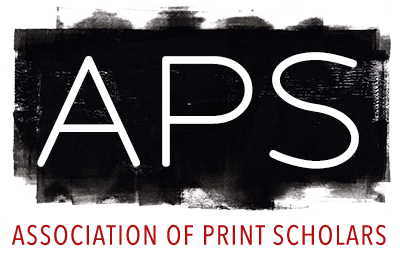Exhibition Information
Posted: 06/25/2018
Posted by: Association of Print Scholars
The Chiaroscuro Woodcut in Renaissance Italy
Los Angeles County Museum of Art,
Los Angeles,
CA, United States.
06/03/2018 -
09/16/2018.
Displaying exquisite designs, technical virtuosity, and sumptuous color, chiaroscuro woodcuts are among the most striking prints of the Renaissance. First introduced in Italy around 1516, the chiaroscuro woodcut, which involves printing an image from two or more woodblocks inked in different hues, was one of the most successful early forays into color printing in Europe. Taking its name from the Italian for “light” (chiaro) and “shade” (scuro), the technique creates the illusion of depth through tonal contrasts.
Over the course of the century, the chiaroscuro woodcut underwent sophisticated technical advancements in the hands of talented printmakers such as Ugo da Carpi, Antonio da Trento, Niccolò Vicentino, Nicolò Boldrini, and Andrea Andreani, and engaged some of the most celebrated painters of the time, including Titian, Raphael, and Parmigianino. The medium evolved in format, scale, and subject, testifying to the vital interest of artists and collectors in the range of aesthetic possibilities it offered.
For this first major presentation of the subject in the United States, some 100 rare chiaroscuro woodcuts will be brought together alongside related drawings, engravings, and sculpture. With its accompanying scholarly catalogue, The Chiaroscuro Woodcut in Renaissance Italy explores the materials and means of its production, offering a fresh perspective on the remarkable art of the chiaroscuro woodcut.
The exhibition is organized by LACMA in association with the National Gallery of Art, Washington.
Over the course of the century, the chiaroscuro woodcut underwent sophisticated technical advancements in the hands of talented printmakers such as Ugo da Carpi, Antonio da Trento, Niccolò Vicentino, Nicolò Boldrini, and Andrea Andreani, and engaged some of the most celebrated painters of the time, including Titian, Raphael, and Parmigianino. The medium evolved in format, scale, and subject, testifying to the vital interest of artists and collectors in the range of aesthetic possibilities it offered.
For this first major presentation of the subject in the United States, some 100 rare chiaroscuro woodcuts will be brought together alongside related drawings, engravings, and sculpture. With its accompanying scholarly catalogue, The Chiaroscuro Woodcut in Renaissance Italy explores the materials and means of its production, offering a fresh perspective on the remarkable art of the chiaroscuro woodcut.
The exhibition is organized by LACMA in association with the National Gallery of Art, Washington.
